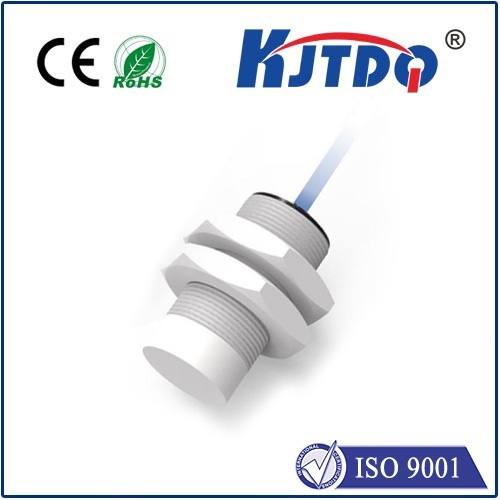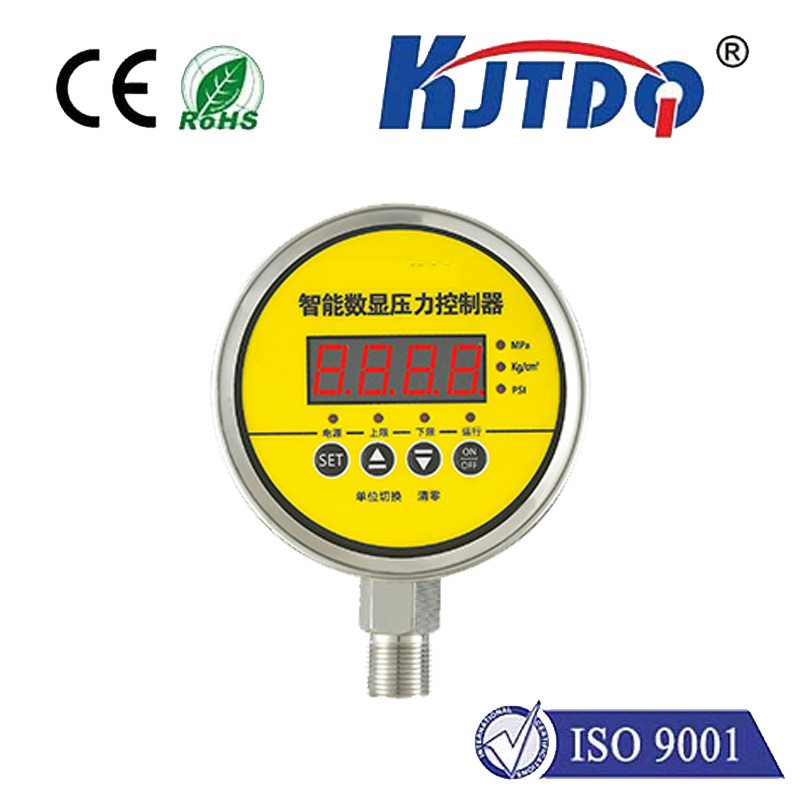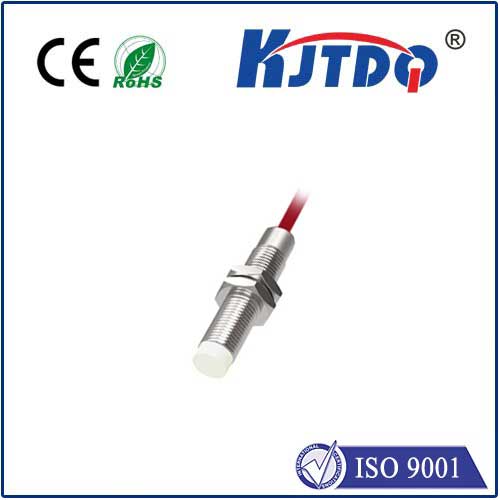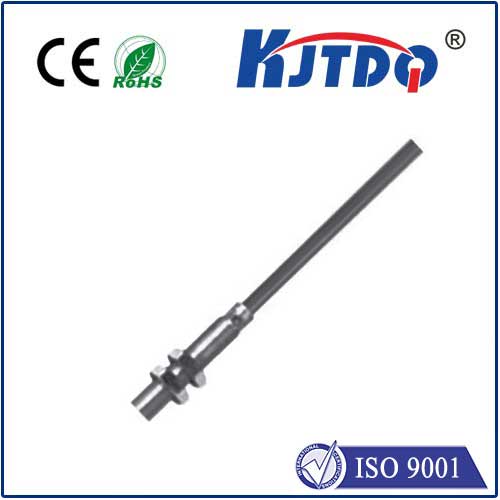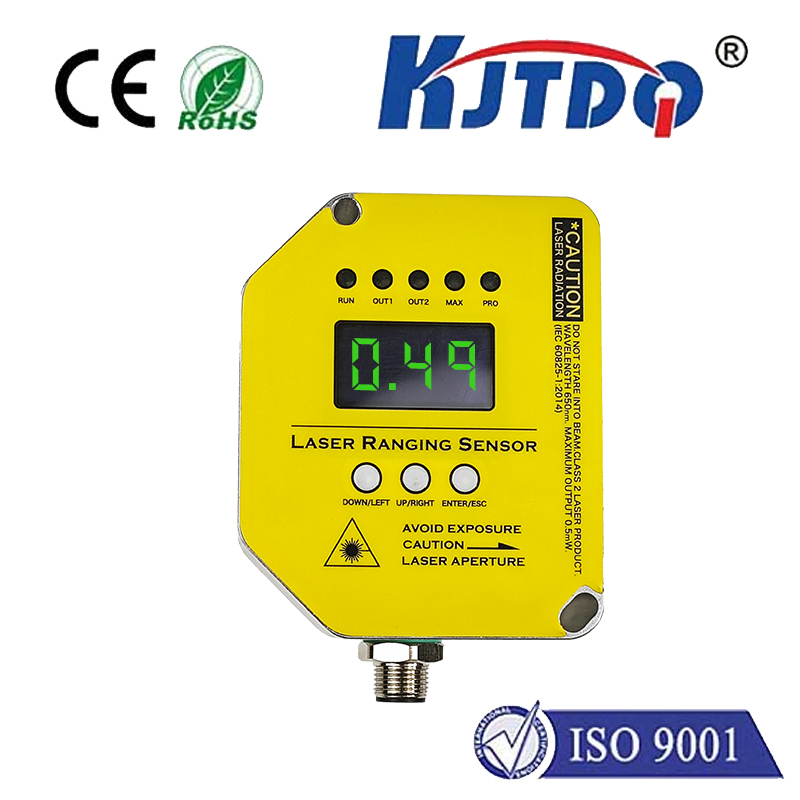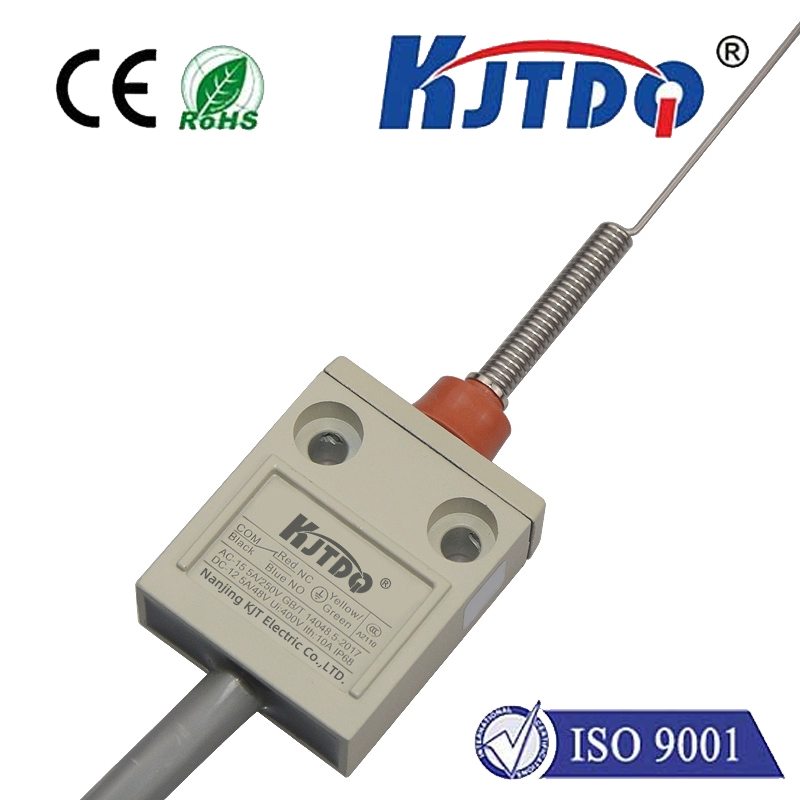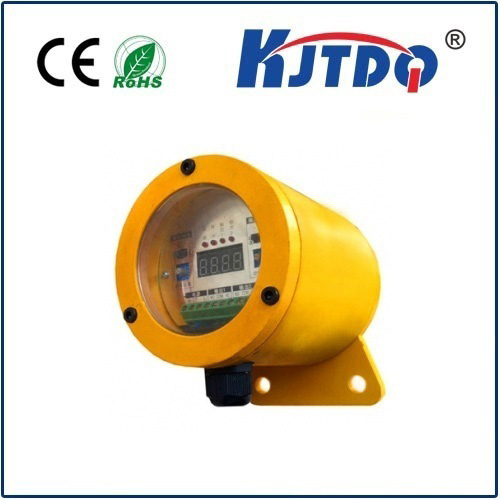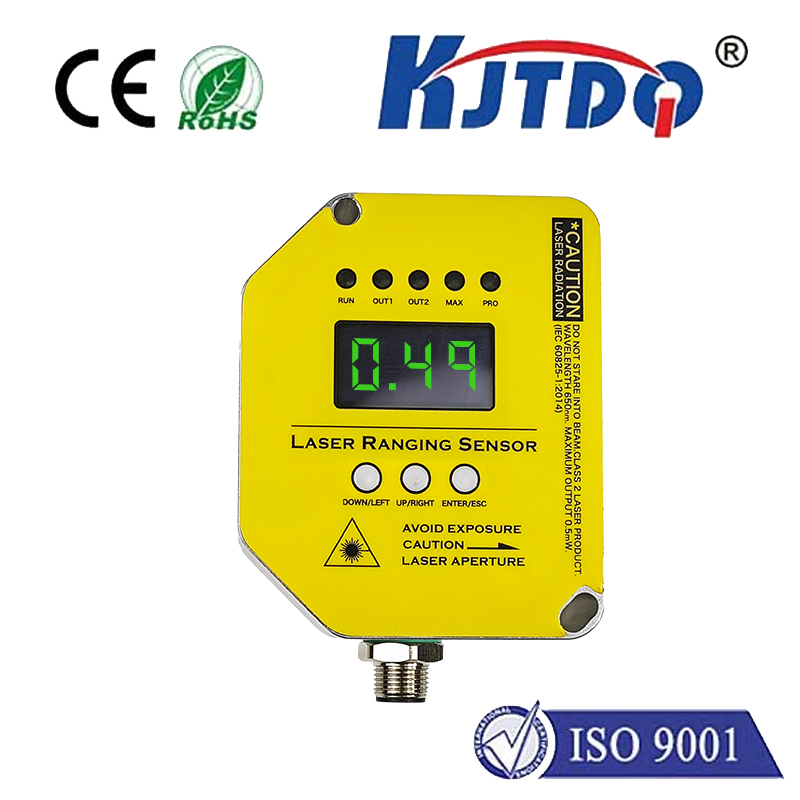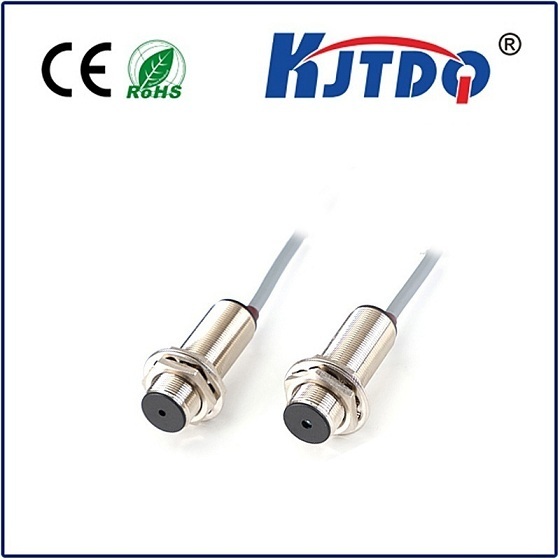
check

check

check

check
Title: The Efficacy and Utility of Laser Level Detectors in Modern Industries
In today's fast-paced world, precision and accuracy are paramount in various industries. One critical tool that aids in achieving these objectives is the laser level detector, a device designed to measure and maintain horizontal or vertical surfaces at exact levels. This article delves into the significance, functionality, and applications of laser level detectors in modern industries.
Introduction
The laser level detector comprises a laser beam that is directed perpendicularly onto a surface to be measured. The reflected light from the surface is then used to calculate the deviation of the beam from the desired level. This technology has become increasingly popular due to its reliability, ease of use, and ability to work under challenging conditions.

Functionality
Laser level detectors operate on the principle of laser triangulation. By measuring the time it takes for the laser beam to bounce back after hitting an object, the device can determine its elevation above the surface. Additionally, some models can detect deviations within a specific range, making them highly versatile tools. These detectors are often equipped with built-in memory functions that store multiple calibration points, allowing for easy alignment and correction of surfaces.
Applications
The potential applications of laser level detectors are vast and diverse, ranging from industrial manufacturing to construction projects. In manufacturing facilities, they are used to ensure that products are consistently aligned and positioned correctly during assembly processes. In the construction industry, laser level detectors are crucial for ensuring that building foundations, walls, and floors are level and plumb. They also aid in installing flooring systems, stair installation, and even landscape design. Furthermore, laser level detectors are employed in scientific research and experimentation, where precise measurements are essential.
Advantages
Compared to traditional methods such as manual measuring tapes and spirit levels, laser level detectors offer several advantages. For one, they provide faster and more accurate readings than their manual counterparts. Additionally, they eliminate the need for human intervention, reducing errors caused by fatigue or distraction. Moreover, laser level detectors are highly durable and resistant to environmental factors such as temperature fluctuations and dust buildup.
Conclusion
In conclusion, laser level detectors have revolutionized the way industries measure and maintain surfaces at exact levels. Their functionality, versatility, and efficiency make them indispensable tools in modern manufacturing and construction settings. As technology continues to evolve, it is likely that laser level detectors will become even more advanced, further enhancing their capabilities and expanding their applications beyond what was once thought possible.
